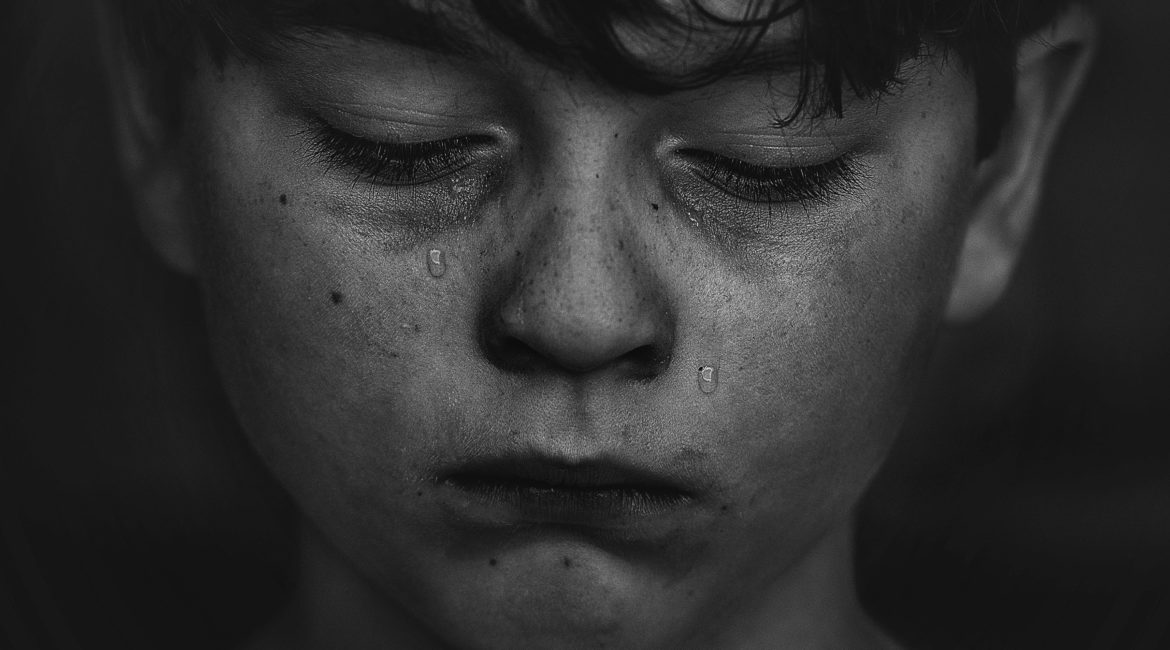Stressed out? Anxious? Depressed for no apparent reason? Do you find you aren’t consciously generating stressful thoughts or focusing on something negative? You are just sad. Or unhappy. Sometimes this happens because of an unconscious memory or environmental source. Sometimes it’s because of an emotion ingrained into your brain and body from past experiences. Specifically, it could be due to trauma from your childhood that wires your brain for challenges later in life.
There is a clinical phenomenon called adverse childhood experiences (or ACEs for short). The definition of an ACE is a negative childhood experience, such as emotional or physical abuse, neglect, violence, or divorce, that can affect a child’s physical development and mental health later in life.
ACEs can lead to trauma, which by definition, is a psychological or emotional response to an experience that is deeply distressing. So an ACE is the experience and trauma is the result.
The science highlighting the seriousness of childhood trauma and adverse experiences is pretty eye-opening. Studies show that adults who suffered from adverse childhood experiences had higher levels of cortisol (the stress hormone) than those who did not. Their bodys were constantly firing the stress response, which caused the release of cortisol in high amounts. This can wreak havoc on the body if present in the blood for a long period of time.
Trauma and the Brain
Studies have also shown that the hippocampus is smaller in subjects with a history of trauma. It is involved in learning and memory and a part of the limbic or emotional brain. The amygdala is another part of the limbic system and very active during stressful situations.
The amygdala, like the hippocampus, physically changes in size due to stress. Researchers have seen an enlarged amygdala in people who have suffered from trauma and adverse childhood experiences. The amygdala helps identify threats in the environment. But when chronically activated due to stress, it begins incorrectly assessing what is threatening and what is not. It sends false alarms to other parts of the brain, highlighting things that should not be scary.
The stress response also compromises the ability of the cortex to override emotional impulses triggered by the amygdala. For some people, that results in an inability to solve problems; and for others, in aggressive and impulsive behavior.
Children can’t entirely understand the situations they face or what they hear from parents and others at a young age. Their cortex (the part of the brain involving logic and rationality) is not completely developed yet. In fact, parts of the cortex are not fully developed until we reach our mid-twenties.
Adults who have experienced childhood trauma have far more health and behavioral challenges than those who did not. It goes without saying that we should do everything we can to love and nurture our kids. We need to be extremely mindful of the things we say to them, and say around them.
Trauma Resources
There are excellent trauma resources on websites like the Center for Disease Control or ACEsConnection.com. Another great resource is the book “The Deepest Well: Healing the Long Term Effects of Childhood Adversity” by Dr. Nadine Burke Harris, American pediatrician and the 1st and current Surgeon General of California.
THANK YOU for visiting Logic Mind & Health! If you like the platform, please subscribe to the podcast, the newsletter, or check out the book. Share our content, help us reach more people and improve the well-being of others.


